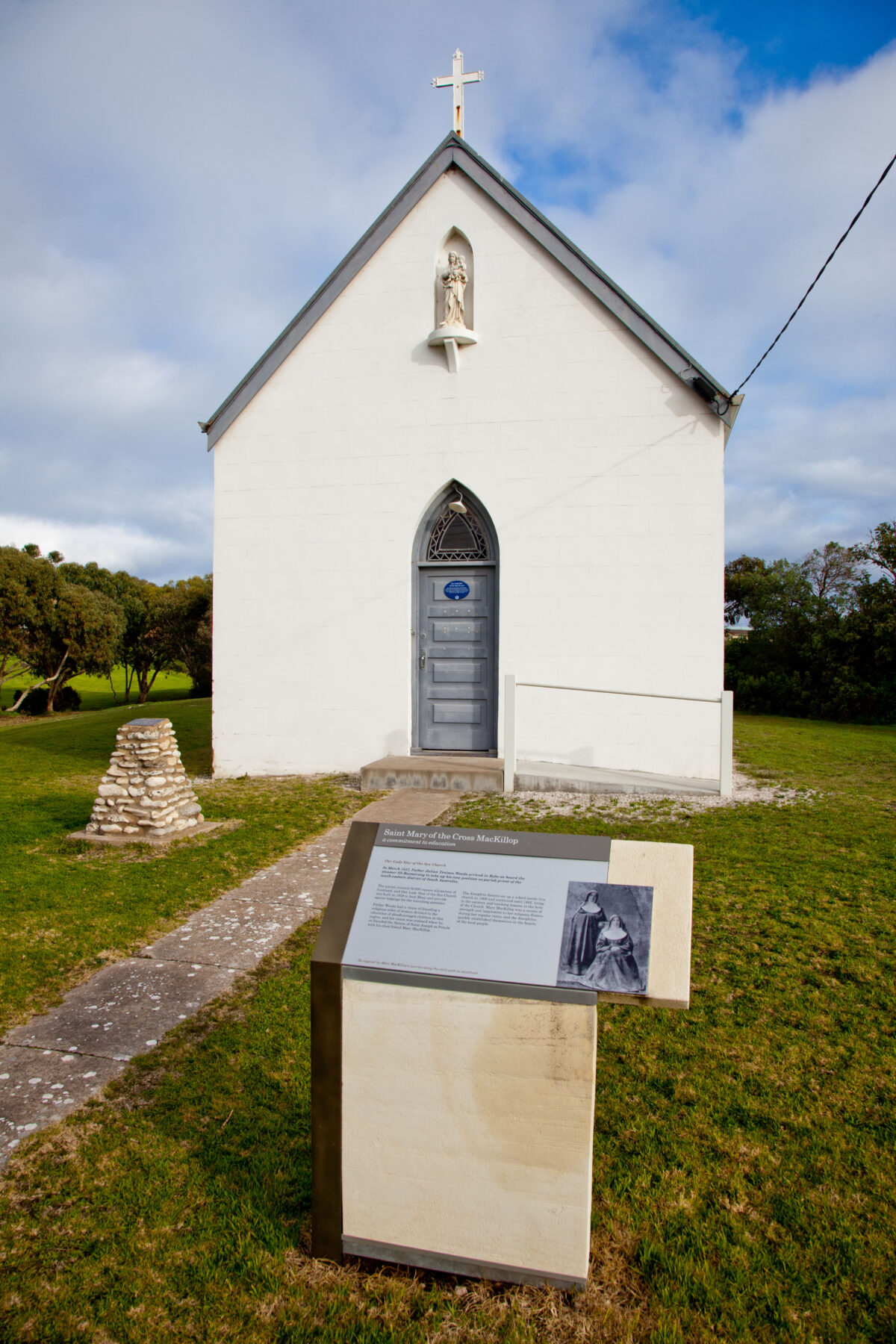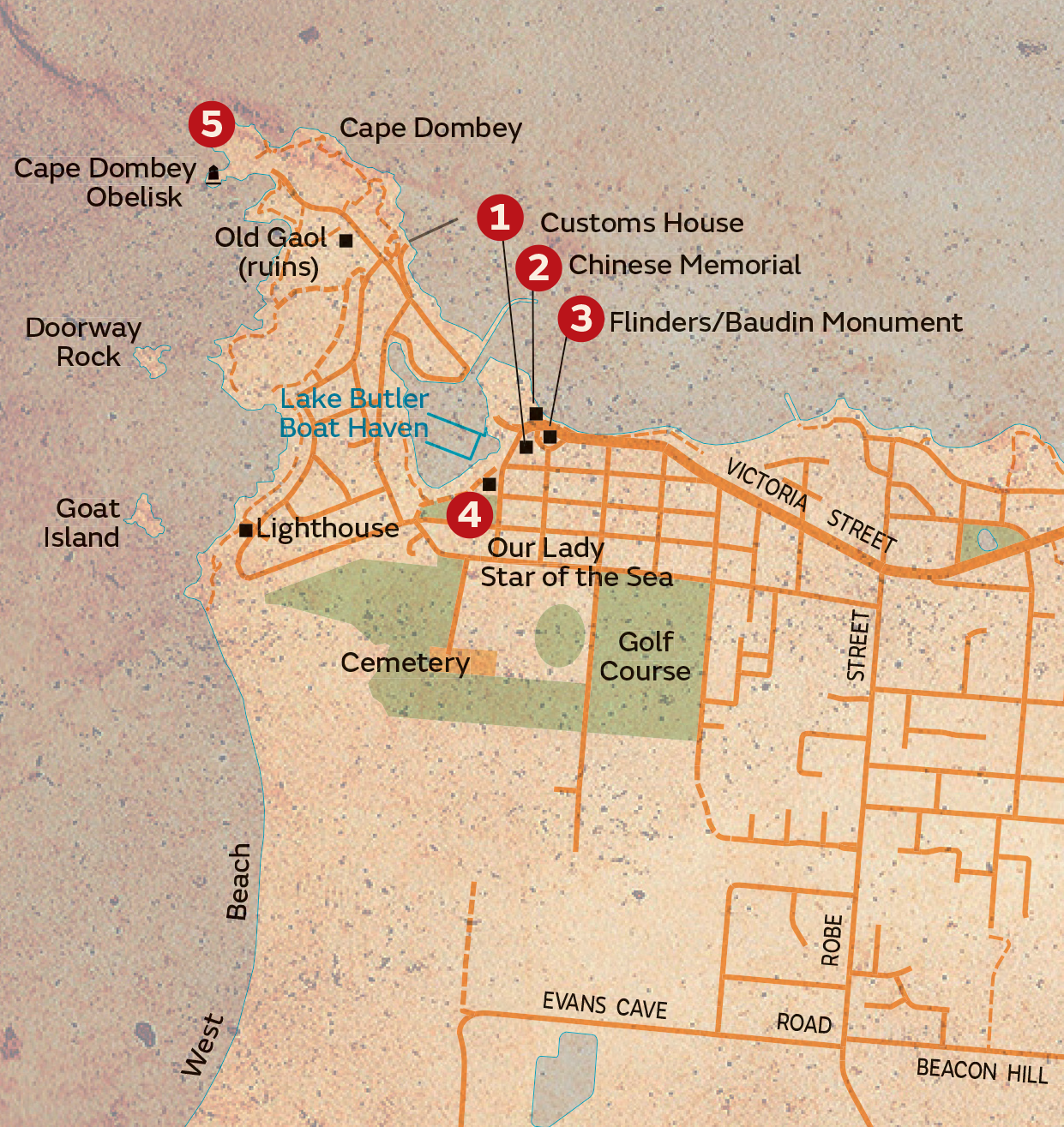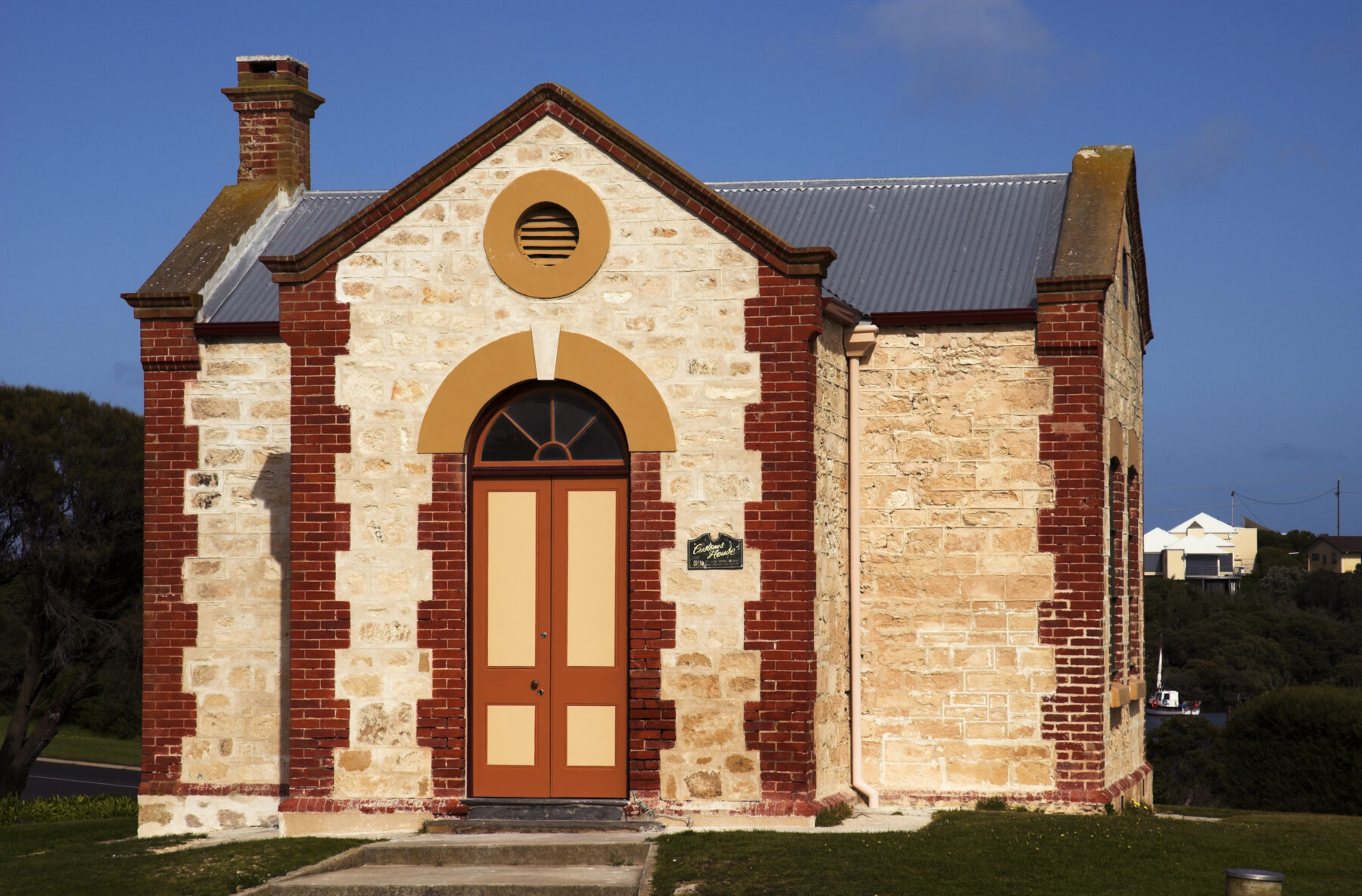A complete guide to Robe, SA

Robe is one of Australia’s most charming and unspoilt holiday destinations.
Located on Guichen Bay on South Australia’s southern coast, it combines a dramatic rocky, windswept coastline with several attractive and secluded beaches including the beautiful 11km-long stretch suitably called Long Beach.
Robe is notable for its sophisticated town centre, which not only has a remarkable richness of historic buildings but also offers sophisticated dining opportunities.
The real charm and character of Robe can best be experienced by walking the original streets, which have been little altered since they were built in the 1860s. It is a special town with a unique character that has been well protected from overdevelopment.

Location
The town of Robe is 336km south of Adelaide via the Princes Highway through Murray Bridge and along The Coorong.
Origin of Name
Robe was named after SA governor Frederick Holt Robe who sailed into Guichen Bay in 1846 aboard the government cutter Lapwing, and chose the site for the town.
Vistor Information
Robe Visitor Information Centre
Mundy Terrace
Useful Websites
Image: Our Lady Star (Credit: John White Photos/Alamy Stock Photo)
Places of Interest

1.Robe Customs House
Robe Customs House is at the Royal Circus, a roundabout encircling a sand hill that was a focal point for the original town. Erected in 1863 as the office of the Harbour Master and Receiver of Wrecks, the customs house was built of limestone with brick quoins, on a five-sided block with a panoramic view of Guichen Bay.
Now owned by the National Trust, it is Robe’s Nautical Museum and contains much information and many artefacts about the Port of Robe.

2.Chinese Memorial
On the Guichen Bay shore below the Royal Circus is a simple monument to the Chinese: “During the years 1856–1858 16,500 Chinese landed near this spot and walked 200 miles to the Victorian Goldfields in search of gold.”
3.Monument to Matthew Flinders and Nicolas Baudin
In the centre of the Royal Circus is a plinth supporting busts of Matthew Flinders and Nicolas Baudin. It celebrates the 1802 survey of the SA coast by one of the great English navigators of the 18th and 19th centuries, Captain Matthew Flinders, and the French naval expedition, led by Captain Nicolas Baudin.
The sign there records: “Capt. Matthew Flinders, R.N. 1774–1814; Sub Lieutenant Nicolas Baudin 1754–1803. Flinders & Baudin both engaged in scientific and survey work, had an unexpected meeting at Encounter Bay in 1802. The islands visible to the north are named Baudin Rocks. Guichen Bay was also named after the French Admiral De Guichen.”
4.Our Lady Star of the Sea
Located in Hagen Street, Our Lady Star of the Sea is famous for its connection with Saint Mary MacKillop. Between 1867 and 1888 the Sisters of St Joseph, a teaching order founded by MacKillop, ran a school for parish children in two rooms attached to the church.
Mary MacKillop visited the school regularly. Some observers have noted that the simplicity of the church reflects the poverty of local Catholic worshippers at the time it was built, many of whom were Irish servants and labourers.
5.Obelisk on Cape Dombey
Standing 12.1m tall and 30.4m above sea level, the Obelisk at Cape Dombey, east of the town, is currently fenced off because erosion has made the limestone cliffs here dangerous.
The old sign explains the Obelisk was “built in 1855 by local builder George Shivas at a cost of £230, the limestone was carted to the site by a 32-bullock wagon team… In 1862 the Obelisk was painted in alternate red and white horizontal bands and it can now be seen from a distance of 20 kilometres on a clear day.”

History
Before the arrival of Europeans, the area around Robe was home to the Boandik Aboriginal people.
In 1802 Guichen Bay was named after Admiral De Guichen (left) by French explorer Nicolas Baudin.
Governor Robe chose the site for the town
and later in 1846 it was surveyed by Thomas Burr.
By the 1850s Robe was the second-busiest SA port.
In 1855 large numbers of Irish and Scottish immigrants reached the port.
In 1856 the town became a landing point for Chinese goldminers trying to avoid taxes imposed at Victorian ports. They walked to the goldfields.
Between 1856 and 1866 more than £1 million of wool was shipped from the port.
The barque Koenig Wilhelm II was shipwrecked in Guichen Bay during a gale in 1857; a cannon located at the Royal Circus is thought to have come from it.
In the 1920s and 1930s the town became a popular holiday destination.
By the late 1930s Robe had developed into an important lobster-fishing port.
In 1968 the first Robe Easter Classic surf carnival was held.
Image credit: Wikimedia





